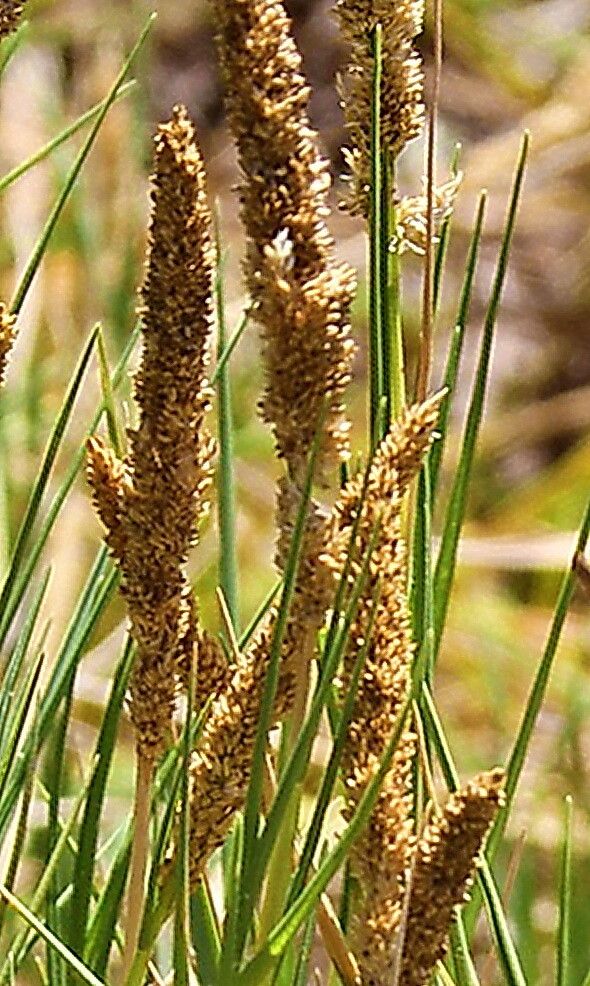From Saltmarsh to Backyard: Propagating Your Own Sporobolus Virginicus
The salty breeze whispers through the grasses, rustling the delicate blades of Sporobolus virginicus, a resilient plant found thriving in the harsh coastal environments of the Eastern United States. This charming grass, often called “saltgrass” or “saltmeadow cordgrass,” is more than just a pretty face. It’s a versatile plant that can add a touch of natural elegance to your garden, while also providing valuable habitat for wildlife.
But where can you find this exceptional grass? Well, you can purchase it, but wouldn’t it be even more rewarding to grow your own? Luckily, propagating Sporobolus virginicus is surprisingly simple, even for beginner gardeners.
The Power of Division
One of the easiest ways to multiply your saltgrass supply is through division. This method works best in spring or fall when the plant is actively growing. Here’s how to do it:
- Choose a healthy plant: Look for a well-established clump with multiple stems.
- Dig around the plant: Gently loosen the soil around the base of the clump.
- Divide with a sharp tool: Use a shovel or a sharp gardening knife to divide the clump into smaller sections. Each section should have at least a few stems and a good root system.
- Replant the divisions: Plant the new divisions in a sunny spot with well-drained soil, spacing them about 1-2 feet apart. Water them thoroughly.
Seed Starting for a New Generation
For a larger propagation project, you can opt for seed starting. Sporobolus virginicus seeds are available online, but they require a bit more patience than division.
- Start indoors: Sow the seeds in a seed tray filled with seed-starting mix. Use a thin layer of soil, just lightly covering the seeds. Water them gently from the bottom of the tray.
- Sunlight is key: The seeds need lots of sunlight. You can place the tray on a sunny windowsill or under a grow light.
- Patience is a virtue: Germination can take several weeks, so be patient!
- Time to transplant: Once the seedlings have developed a few true leaves, transplant them into individual pots or directly into the garden. Again, choose a sunny spot with well-drained soil.
Tips for Success
- Location is everything: Sporobolus virginicus thrives in full sun and well-drained soil. It’s also tolerant of salt spray, making it ideal for coastal gardens.
- Water wisely: Water regularly during the first growing season, especially during dry periods. Once established, it can tolerate some drought.
- Control pests and diseases: This hardy plant is generally resistant to pests and diseases, but keep an eye out for any signs of trouble.
- Enjoy the view: Whether grown in a container or in the garden, Sporobolus virginicus will add a touch of natural beauty to your outdoor space.
More Than Just a Plant
Aside from its stunning aesthetic, Sporobolus virginicus offers many benefits. It helps stabilize the soil, preventing erosion, and serves as a valuable food source and nesting habitat for birds and other wildlife. By propagating your own Sporobolus virginicus, you’re not just creating a beautiful plant, you’re contributing to a healthy ecosystem.
So, why not give it a try? You’ll be rewarded with a resilient, low-maintenance plant that adds beauty and benefits to your garden. And best of all, you’ll be able to share the joy of growing Sporobolus virginicus with others!
